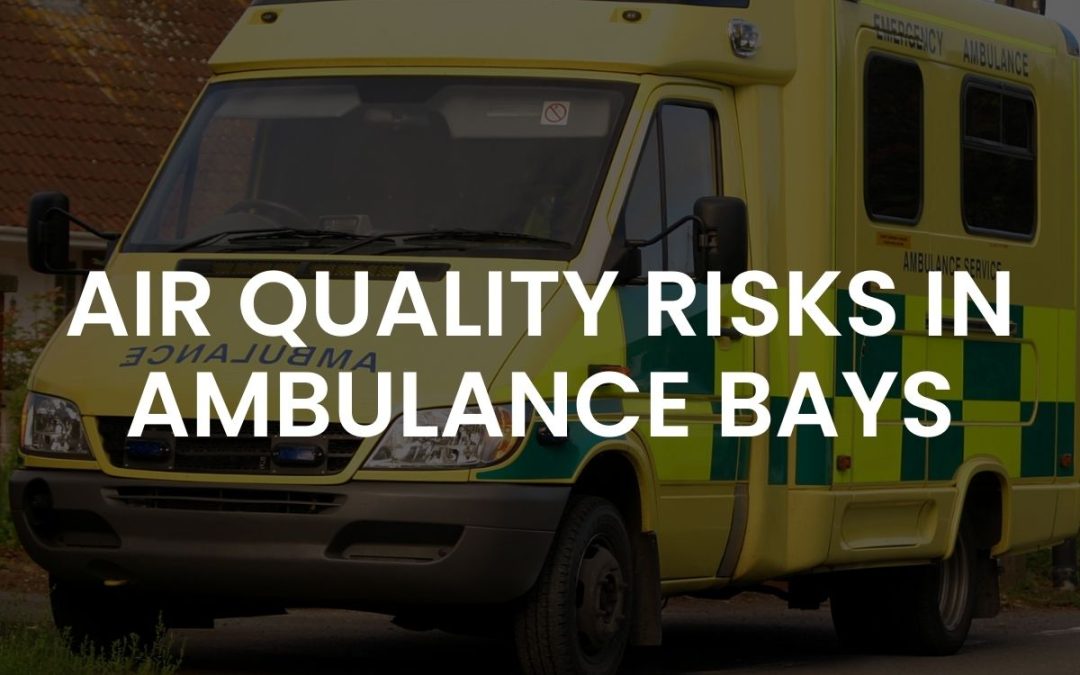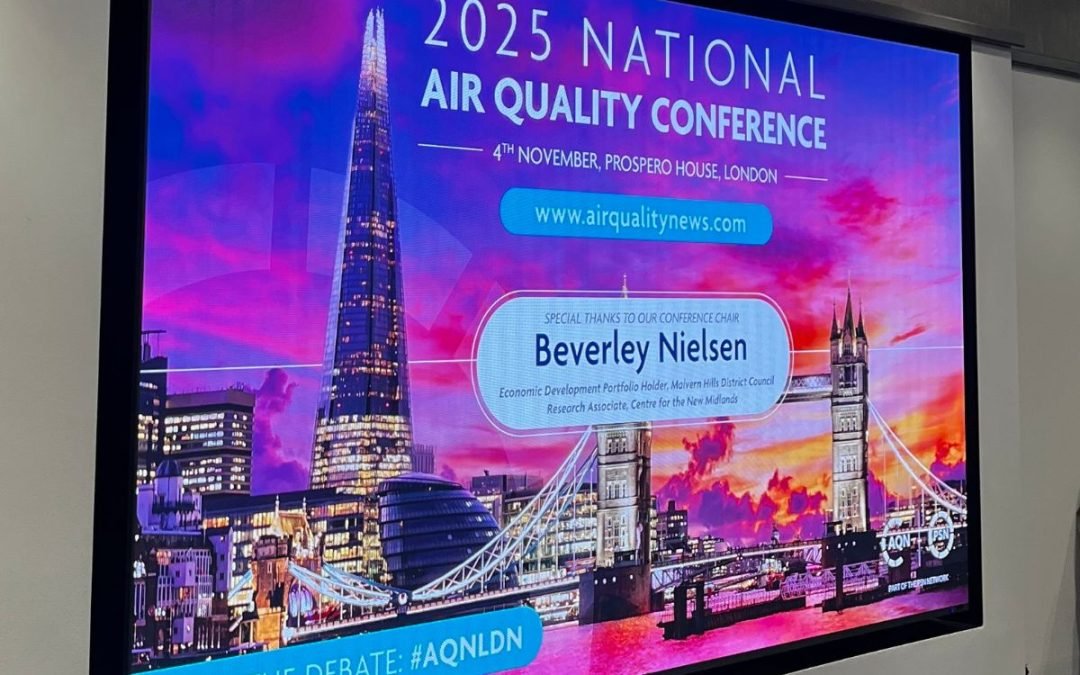Major Infrastructure Projects Reshaping Britain
The Chancellor’s recent green light for the £9 billion Lower Thames Crossing marks just one piece of Britain’s ambitious infrastructure puzzle. This transformative project will create two 2.5-mile tunnels under the Thames and approximately 14.5 miles of new road connections, improving links between Kent and Essex while reducing congestion at the Dartford Crossing.
At Heathrow, plans for a third runway could create up to 100,000 jobs and increase annual flight capacity from 480,000 to 720,000, according to recent announcements. This expansion forms part of a broader aviation infrastructure strategy, with developments also planned at Gatwick, Luton, and other regional airports.
The Oxford-Cambridge Arc: A Knowledge Economy Corridor
Beyond transport, the government is investing in creating a British ‘Silicon Valley’ between Oxford and Cambridge. This ambitious knowledge corridor represents one of the UK’s largest coordinated infrastructure investments, combining transport links, research facilities, and environmental projects.
The East West Rail project forms the backbone of this development, providing crucial rail connectivity between these academic powerhouses. Meanwhile, the A428 road improvements will enhance road transport between Milton Keynes and Cambridge, creating a more integrated economic region.
Supporting this transport infrastructure, major developments include a new Cancer Research Hospital in Cambridge and significant water infrastructure investment. The £7.9 billion allocation for new reservoirs, including the Fens Reservoir near Cambridge and Abingdon Reservoir near Oxford, demonstrates how infrastructure planning extends beyond transport to create comprehensive regional development.
These projects collectively aim to unlock the region’s potential as a global innovation hub. However, such extensive development across a historically significant and environmentally sensitive region requires careful management. The area between Oxford and Cambridge includes valuable agricultural land, protected habitats, and established communities – all of which need consideration during development.
Environmental Considerations: A Proactive Approach
With major development comes responsibility. The construction sector recognises that environmental protection must be at the heart of these projects. Studies indicate that areas around major infrastructure can face air quality challenges, with some locations near existing transport hubs already experiencing elevated pollution levels.
For instance, the Airports Commission report highlights potential increases in Nitrogen Dioxide (NO2) pollution around expanded airport facilities. However, modern monitoring technology and proactive management strategies mean we can address these challenges head-on.
Solutions for Sustainable Development
The construction industry is embracing innovative approaches to environmental management. Real-time air quality monitoring, advanced data analytics, and immediate response protocols help projects maintain environmental standards while keeping development on track.
Stories like the Hellinikon Project in Athens demonstrate how large infrastructure projects that have looked to balance progress with environmental protection. By implementing comprehensive monitoring systems and maintaining clear communication with stakeholders, developments can proceed while safeguarding local air quality.
Looking Ahead: A Balanced Future
As Britain embarks on this transformative journey, the focus remains on delivering infrastructure that enhances both economic prosperity and environmental sustainability. Projects like the Lower Thames Crossing are incorporating extensive environmental protections from the outset, setting new standards for sustainable infrastructure development.
The £7.9 billion investment in nine new reservoirs, including the Fens Reservoir near Cambridge and Abingdon Reservoir near Oxford, further demonstrates how infrastructure development can actively contribute to environmental resilience.
Conclusion
Britain’s infrastructure boom represents a pivotal moment in the nation’s development. By embracing advanced monitoring technologies and maintaining high environmental standards, these projects can deliver their promised benefits while protecting air quality and public health.
The key lies in proactive management and continuous monitoring, ensuring that as we build for tomorrow, we safeguard the environment for future generations. With careful planning and the right tools, Britain’s infrastructure renaissance can set new global standards for sustainable development. Have a project that requires air quality monitoring – contact the team to find out more!
Frequently Asked Questions: Infrastructure Development and Air Quality
Q: How does construction activity affect local air quality?
A: Construction activities can impact air quality through dust from earthworks, emissions from machinery and construction vehicles, and increased traffic from construction-related deliveries. These effects are typically temporary but require active management throughout the construction phase.
Q: What measures are typically taken to control construction-related pollution?
A: Modern construction projects employ various control measures including dust suppression systems, clean vehicle policies, careful material handling procedures, and real-time monitoring systems to track and respond to air quality changes.
Q: Will these infrastructure projects lead to permanent changes in local air quality?
A: While construction phases are temporary, new infrastructure can alter local traffic patterns and activity levels. However, modern design standards and environmental requirements mean projects must demonstrate how they will maintain acceptable air quality levels during operation.
Q: How is air quality monitored during large infrastructure projects?
A: Projects typically use a combination of fixed and mobile monitoring stations to track various pollutants. This includes measuring particulate matter (PM10 and PM2.5), nitrogen dioxide (NO2), and other key indicators. Real-time data helps project teams respond quickly to any issues.
Q: What happens if air quality limits are exceeded during construction?
A: Construction projects have specific trigger levels and action plans. If monitoring detects elevated pollution levels, teams can implement additional control measures, adjust work patterns, or temporarily pause specific activities until conditions improve.
Q: How do environmental regulations affect infrastructure development?
A: Environmental regulations require detailed impact assessments before projects begin. These assessments influence project design, construction methods, and ongoing operational procedures to ensure environmental standards are maintained.





